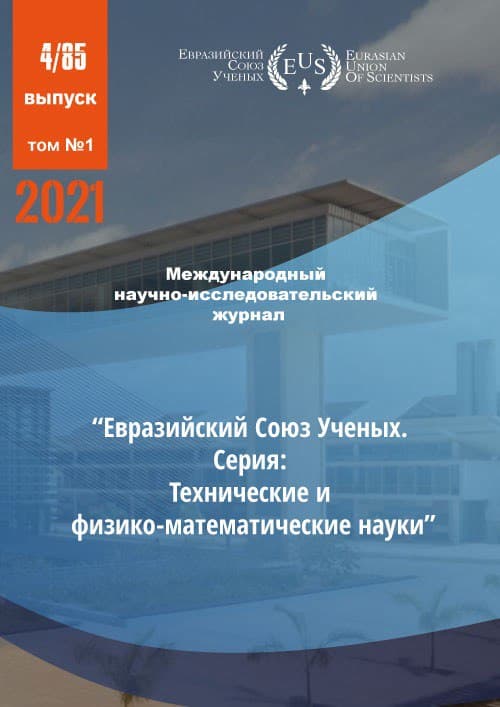METHODS FOR ANALYSIS OF PROBABILITY CHARACTERISTICS OF INFORMATION AND COMMUNICATION TRAFFIC
Abstract
The article is devoted to the analysis of probabilityc characteristics of information and communication traffic. The intensification of information exchange in information and communication networks determines the relevance of optimizing the distribution of network resources and dynamically managing them in order to minimize the possibility of traffic congestion. There are classified the most important parameters and characteristics of multiservice networks.
References
2.D. McMillan, Traffic modeling and analysis for cellular mobile networks, 13th International Teletraffic Congress, Copenhagen, Jun. 2019.
3.X. Yang, A.P. Petropulu, The Extended Alternating Fractal Renewal Process for Modeling Traffic in High-Speed Communication Networks, IEEE Trans. Sig. Proc., vol. 49, no. 7, July 2017.
4.Abdelnaser Adas, Traffic Models in Broadband Networks, IEEE Communications Magazine, Jul. 2017.
5. Sh.Zh. Seilov, S.N. Boranbayev, M.N. Kasenova, A.A.Seilova, D.S. Shingisov. Intelligent analysis of information and communication traffic. Bulletin ofL.N. Gumilyov Eurasion national university. Engineering Science and Technology Series. –2019, №3 (128), 76-87 p.
6.S.N. Boranbayev, D.D. Kuanyshev. Network traffic analysis tools. Eurasian Union of Scientists (ЕUS). -2020, № 12 (81), Volume 5, Series: Engineering Sciences, 35-38 p.
7.T. U. Lushnikova. Characteristics of Campus Traffic, Telecommunication, №4, 2017, 51-55p.
8.https://itpro.ua/product/solarwinds-netflowtraffic-analyzer-4/?tab=description
9.Wan Optimizations.http://searchenterprisewan.techtarget.co m/definition/WAN-optimization
10.A.I. Getman, E.F. Evstropov, U.V. Markin. Online network traffic analysis: an overview of applications, approaches and solutions, http://www.ispras.ru/preprints/docs/prep_28_2015.pdf
CC BY-ND
A work licensed in this way allows the following:
1. The freedom to use and perform the work: The licensee must be allowed to make any use, private or public, of the work.
2. The freedom to study the work and apply the information: The licensee must be allowed to examine the work and to use the knowledge gained from the work in any way. The license may not, for example, restrict "reverse engineering."
2. The freedom to redistribute copies: Copies may be sold, swapped or given away for free, in the same form as the original.





